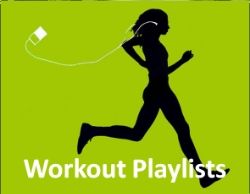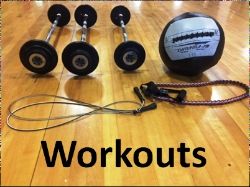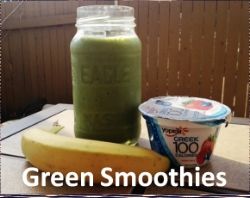On Tuesday, I had a chance to put all my tips to good use. I met an old co-worker for dinner at Ninfa's. I have only been to Ninfas a couple of times and forgot how unfriendly it is to healthy eating. First of all, as soon as I sat down, they brought out a huge bowl of chips and not only salsa but green sauce and queso as well (apparently Tuesday is free questo night)! Then the waiter very politely asked if I would like a margarita, since it was two for Tuesday. Most margaritas will cost you around 500 calories! I said no thank you. I quickly pushed the chips across the table, squeezed some lemon in my water, and sat on my hands to prevent myself from devouring the entire chip basket. They had three items with little heart healthy symbols next to them; none of them sounded very good and they were all over $14! Geezee this is why everyone says it is so expensive to eat healthy (it's really not)! So I decided to get creative. I ordered the small chicken fajitas and asked to have it not cooked in butter (he looked at me like I had lost my mind, but my chicken made it out butter free). Then I proceeded to be even more annoying by trying to order black beans instead of refried beans and having them hold the sour cream. I'm pretty sure the waiter wanted to spit in my food by this point, but he politely said no problem. When my food came out I made a fajita (when I asked for wheat tortillas that pushed him over the edge) with chicken, beans, a little bit of guacamole and some salsa. It was pretty delicious! I skipped over the rice and ate the rest of my chicken plain. My chip strategy is to resist eating any before my food comes out, and then I allow myself to have 5 chips with my meal. This way I control my intake without feeling denied. Although it was hard to resist shoveling queso in my mouth, it was a great chance to put all my strategies to good use! So now let's tackle side dishes, what to do when your meal comes out, and dessert!
The background dancers (side dishes):
- Order as many vegetable options as possible. Try to make sure they are steamed, stewed or boiled veggies with little or no added butter or oil. Be careful of veggies that come covered in cheese sauces or anything labeled "creamed."
- Stay away from the loaded baked potato! It will be "loaded" with calories.
- Coleslaw is often considered a healthy option, when it is actually full of calories and fat.
- Fruit and fruit salad are great side dishes! Even if it's not on the menu, you can always ask.
- Plain rice or noodles are better options than anything that comes fried or covered in creamy sauce or gravy.
- Start with your lowest calorie items; veggies are always a winner.
- Stick to the amount you would normally eat at home. Just because the restaurant loads your plate with food doesn't mean you have to eat it all.
- Eat slowly, take your time. Really try to enjoy each bit. Take a sip of water between bites and enjoy conversation with your dinner mates.
- When half of your food is gone, take a moment and check in with yourself. Are you still hungry? I know it sounds simple, but a lot of us eat without even paying attention to how hungry we are.
- Once you have decided you are done, don't pick at your food. Cover your plate with a napkin, pour salt and pepper or salsa on it, or drop your utensils in your food so they are messy. Again, this sounds silly, but it will keep you from eating when you are no longer hungry.
- As soon as I am done eating, I put a piece of gum in my mouth so I am not tempted to eat anymore. This is my all time favorite trick!
- You can also ask the waiter for a box and box up your food as soon as your done.
- Fruit is always your best option for desert, as long as it's not dripping with syrup or whipped cream.
- Sorbet or frozen yogurt are a great alternative to ice cream, but you still have to watch out for sugar.
- completely denying yourself dessert every time you go out to dinner, can actually backfire. You simply have to find balance, one cookie isn't going to throw off your whole diet.
- Angel food cake with fresh strawberries and low fat whipped cream is a great option!
- Lemon meringue pie, or other meringue pies, are usually pretty good choices.
- The old saying, "leave room for dessert" actually has some truth to it. If you are going to order dessert, plan to eat a little less during your main meal.
Yours truly,
Lauren G.
share this on » |



































































